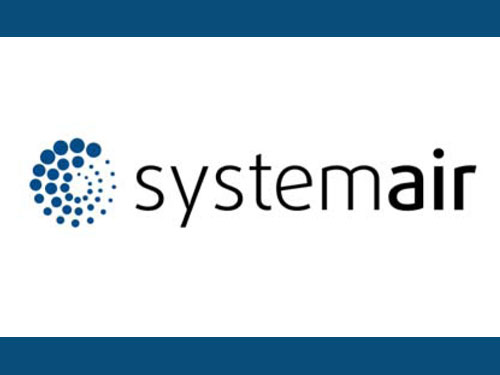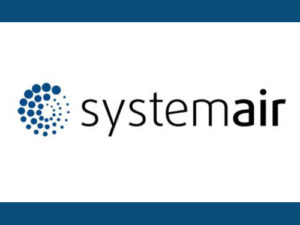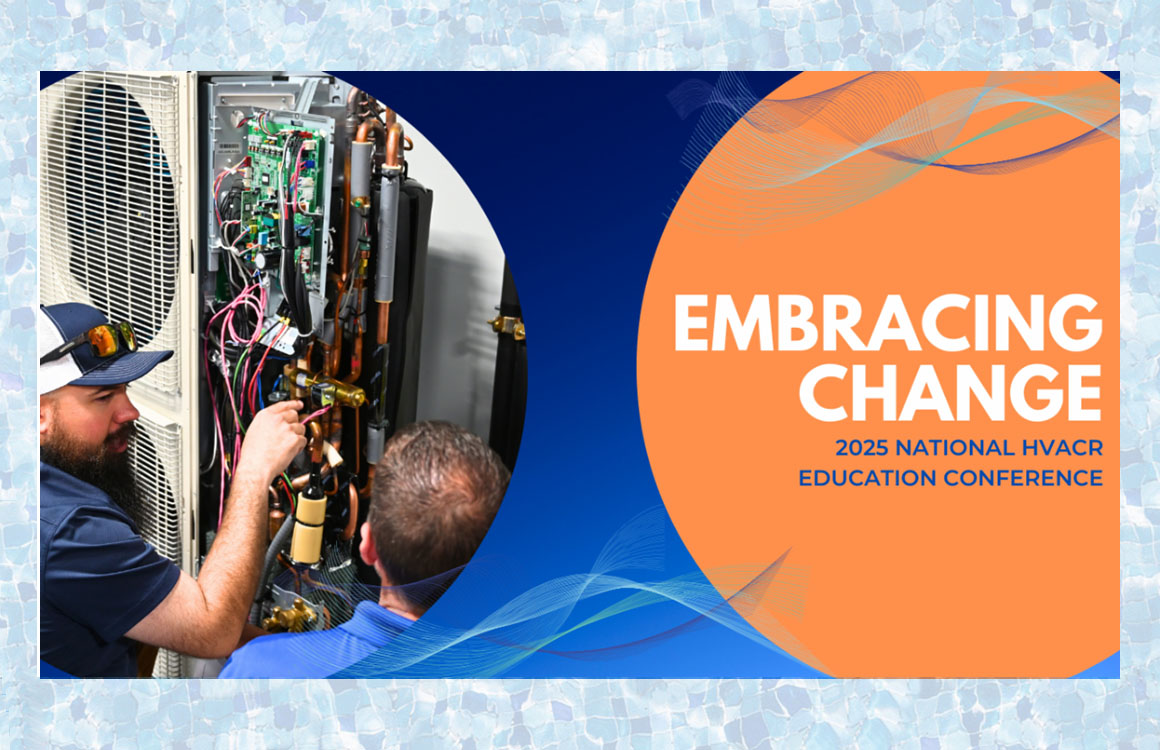
Manufacturers, Trends
6 Ventilation Trends Taking Shape in 2024
 From lingering pandemic concerns to government funding, a number of factors inside and outside the HVAC industry are shaping ventilation trends early on in 2024, according to experts at Systemair, a global Swedish ventilation company and leading manufacturer of commercial ventilation products.
From lingering pandemic concerns to government funding, a number of factors inside and outside the HVAC industry are shaping ventilation trends early on in 2024, according to experts at Systemair, a global Swedish ventilation company and leading manufacturer of commercial ventilation products.
“Like nearly any building product category, ventilation systems are subject to the ebbs and flows of user preferences, code requirements, and overall construction economies. And 2024 is no exception,” said Jared Smith, Regional Technology and Product Director for Systemair North America. “Systemair continues to adjust its product offerings, services, recommendations, and support strategies to help customers meet the latest demand from both their clients and outside forces.”
Here’s a look at a few ventilation trends influencing how specifiers and engineers design HVAC systems as they seek to balance indoor air quality with ever-greater energy efficiency.
- Ventilation Remains Top of Mind
The COVID-19 pandemic brought more attention to improving indoor air quality overall. Though that momentum has slowed somewhat, the renewed attention remains, and it’s easier to market the importance of proper ventilation with project owners. The trend is particularly acute in the education sector, with federal Coronavirus aid packages allocated toward upgrading schools and other public buildings to improve ventilation and indoor air quality. The deadline to obligate the third and final round of the Elementary and Secondary School Emergency Relief (ESSER) funds is Sept. 24, 2024.
- The Influence of the Building Economy
Some of the biggest factors impacting ventilation trends and specification revolve around slowing construction numbers tied to factors outside of our control. This most notably includes higher interest and inflation rates and ongoing labor challenges. - Office Buildings’ Dramatic Shift
As most of us know, the work-from-home trend that began during the COVID-19 pandemic caught on for many workers, and many companies have opted to let their employees stay remote full time. The impact has dealt a blow to new office construction as many existing corporate buildings remain partially empty or even entirely vacant. As a result, most of the larger-scale projects on the docket are education, healthcare, and mixed-used residential.
That said, one opportunity may emerge: Some cities are discussing the feasibility of converting vacant office buildings into multifamily housing. Should those plans come to fruition, the resulting renovations will likely include updates to and perhaps even replacement of the buildings’ existing ventilation equipment to accommodate different functionality and occupancy requirements.
- Stricter Energy Codes
Building and energy codes are always a moving target, as each jurisdiction adopts codes on their own schedule and determines which parts of codes to adopt entirely. But the trajectory toward greater building efficiencies continues upward, and requirements will impact most projects at some point. Massachusetts is leading the way as the first to adopt the latest Stretch Energy Code enacted in 2023, and usually the rest of New England is quick to follow.Products like Geniox air handlers can play a key role in meeting the latest energy codes, with energy recovery systems that help balance improved indoor air quality with energy efficiency.
- Climate Change Increases Need for School Air Conditioning
In some parts of the northern U.S. and Canada, schools typically haven’t needed air conditioning because temperatures only reached uncomfortable levels during summer, if at all. That’s changing due rising global temperatures caused by climate change—so much so that some schools have had to cancel classes. Schools are scrambling to find funds to add and maintain air conditioning systems, and some buildings won’t be easy to upgrade due to age or lack of ductwork. Changeair classroom units are one potential solution, providing heating, cooling, and ventilation to existing building applications.
- Growing Importance of Energy Modeling and Smart Controls
As project teams seek to balance fresh air intake with energy efficiency, it’s becoming more critical than ever to look beyond just the size of a room and CFMs. Energy modeling looks into all factors that play a role, including how the space is being used, climate, usage trends, layout, and more. This helps to deliver more precise specifications and, ultimately, more efficient ventilation systems tailored to each individual project. Similarly, new smart controls are coming on board that monitor both ventilation rates and the potential energy impact of indoor air quality adjustments.
Whether design and building pros are leveraging government improvement funds for an upcoming school renovation or balancing fresh air and energy consumption in a multifamily project, Systemair is here to help. Reach out to us for product information or specification support.
For full details, visit www.systemair.net.














